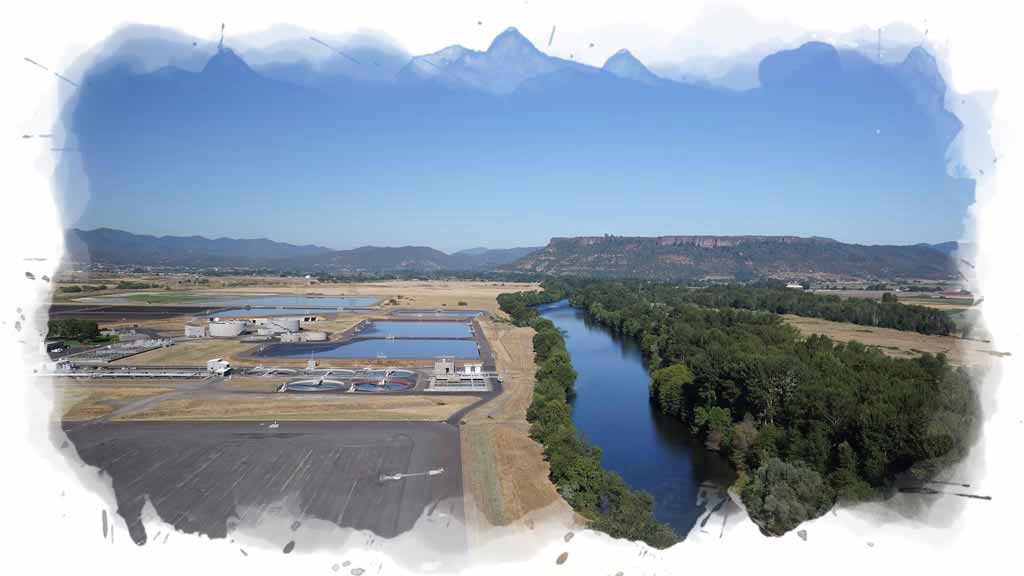Water Quality & Habitat Restoration 
Through the modeling of a watershed’s flow, terrain and species, we’re able to choose and target the best solutions to address a problem.
Freshwater ecosystems make up less than one percent of the Earth’s total surface area and incredibly, support more than 100,000 unique species. Yet freshwater ecosystems are among the world’s most endangered. Climate change, pollution and other human impacts have taken a dramatic toll.
Whether placing logs strategically instream to improve a river’s complexity or planting trees for shade to lower water temperature, we carry out science-based, ecologically-sound projects to restore habitat function.
By modeling a watershed’s flow, terrain and species, we’re able to choose and target the best solutions to address a problem. Then, working with local partners, we get our boots wet, employing a variety of techniques to ensure cleaner, healthier waterways.
Ways we improve water quality and restore habitat
How do we know what we’re doing makes a difference?
We measure the outcomes of every restoration action.
- 11,081 functional linear feet of stream function restored
- 816,838,881 kilocalories per day of heat blocked from warming rivers
- Prevented from entering rivers per year:
- 211 lbs of phosphorus
- 1,717 lbs of nitrogen
- 477,708 lbs of sediment

FAQ
Large wood dramatically improves habitat complexity for native fish. While woody debris had historically been removed from many rivers, its reintroduction has proven to have many significant ecological benefits. Deep pools created in and around the logs serve as critical spawning habitat and valuable refuge. Structures installed by our staff are designed to be self-sustaining and placed strategically where woody debris would naturally accumulate.
The flow of straightened rivers is often rapid. When meanders are reintroduced, flow energy is reduced, allowing for spawning gravels and large wood to remain in place, and increasing habitat complexity and diversity. Floodplain connectivity is also increased, which allows for more water to be stored in the channel for longer. This can improve biodiversity and reduce erosion.
Warm water can put significant stress on cold-water species, such as salmon and steelhead. In many instances, high temperatures can be fatal. Shade from streamside vegetation provides important refuge for fish under hazardous conditions.
Anadromous fish, such as salmon, migrate to the ocean and return to their birth place for spawning.
Get in touch
Have questions about how we improve water quality for native species or where we work?
Mark McCollister, Habitat Restoration Director

Contact Me At
Portland (Main Office), OR
503-222-9091
